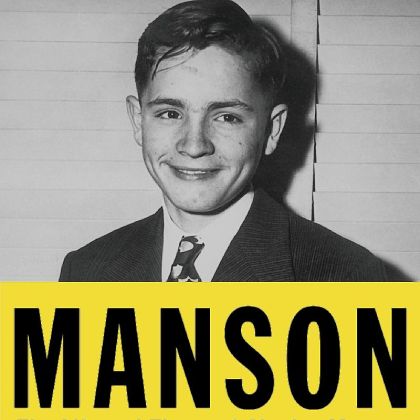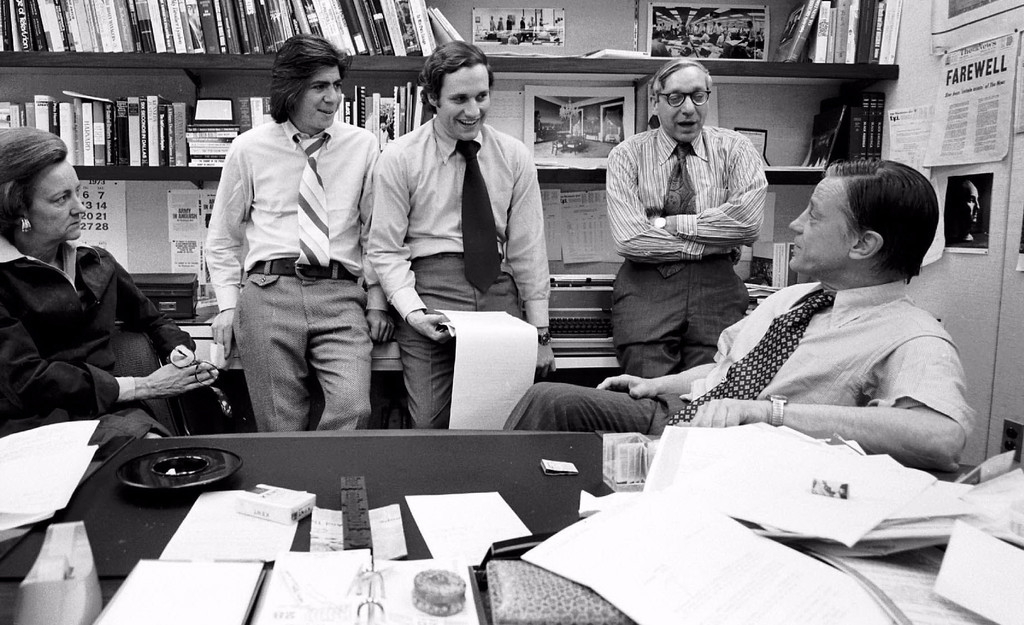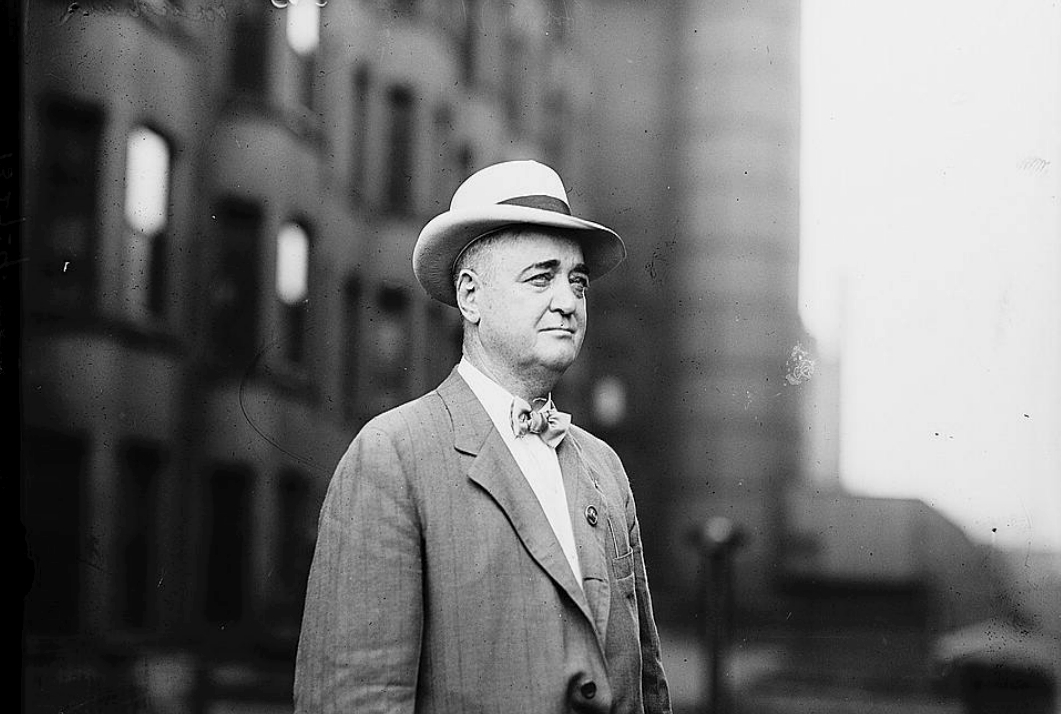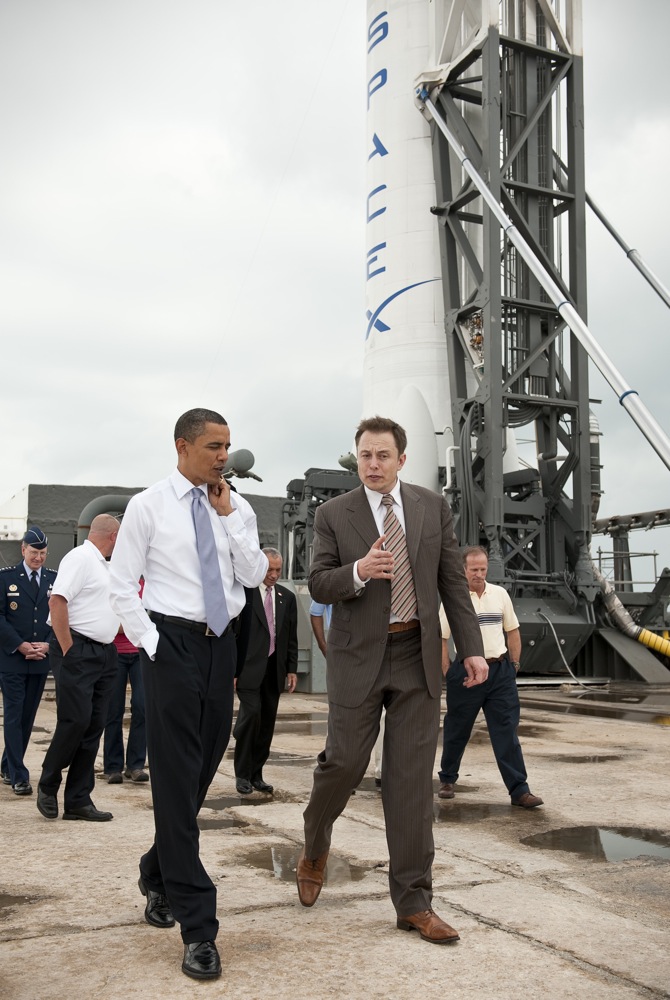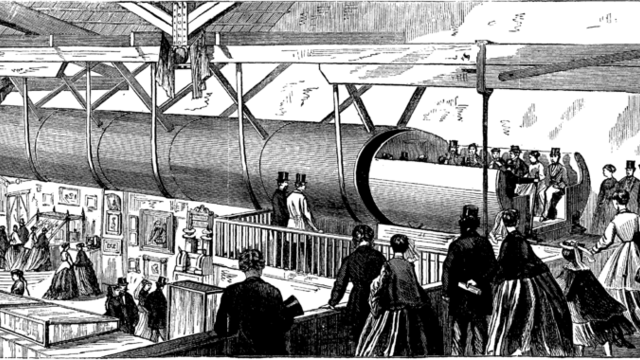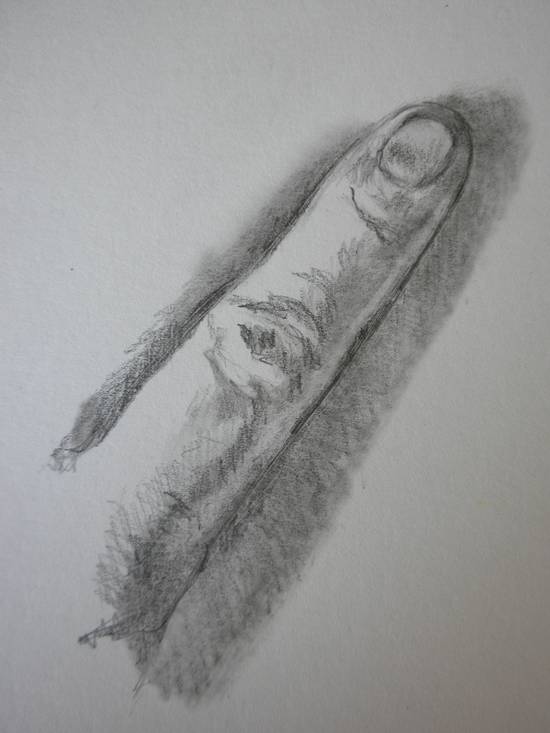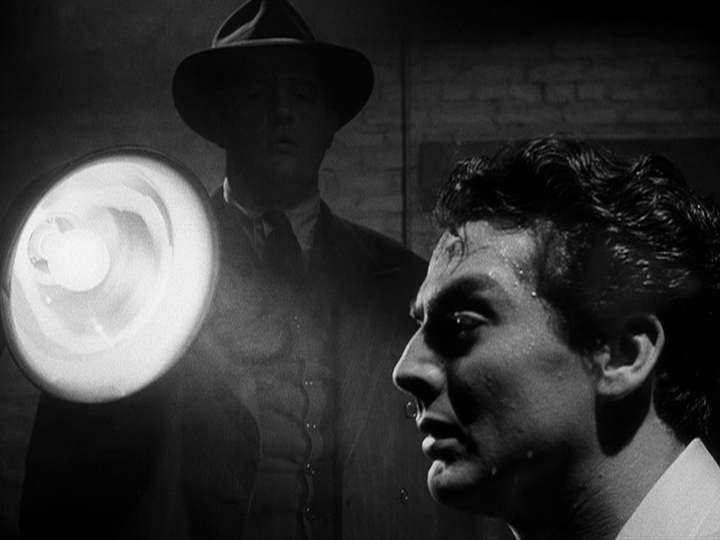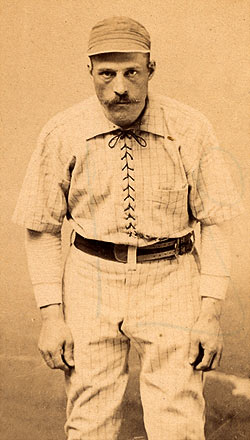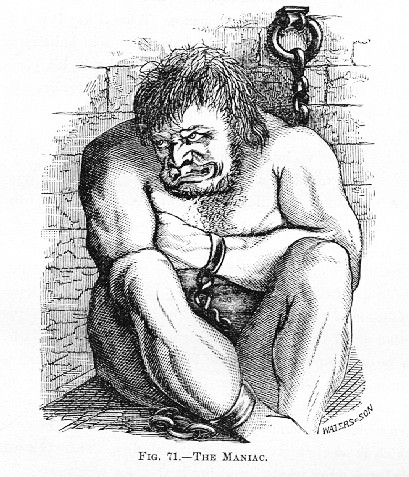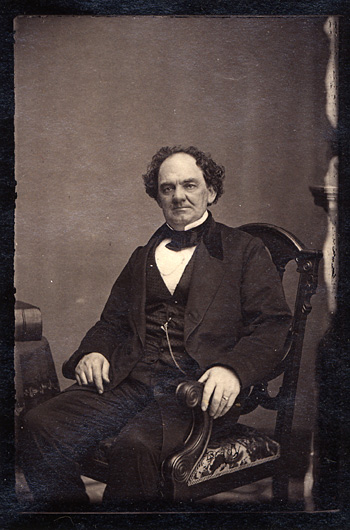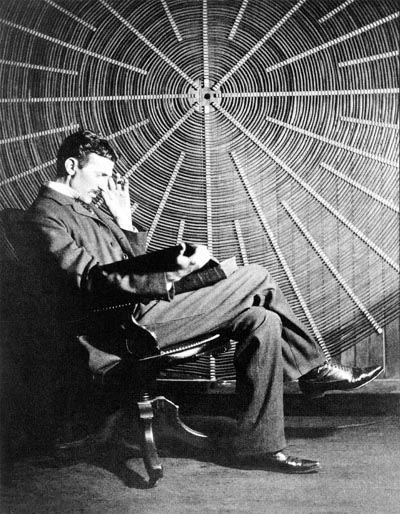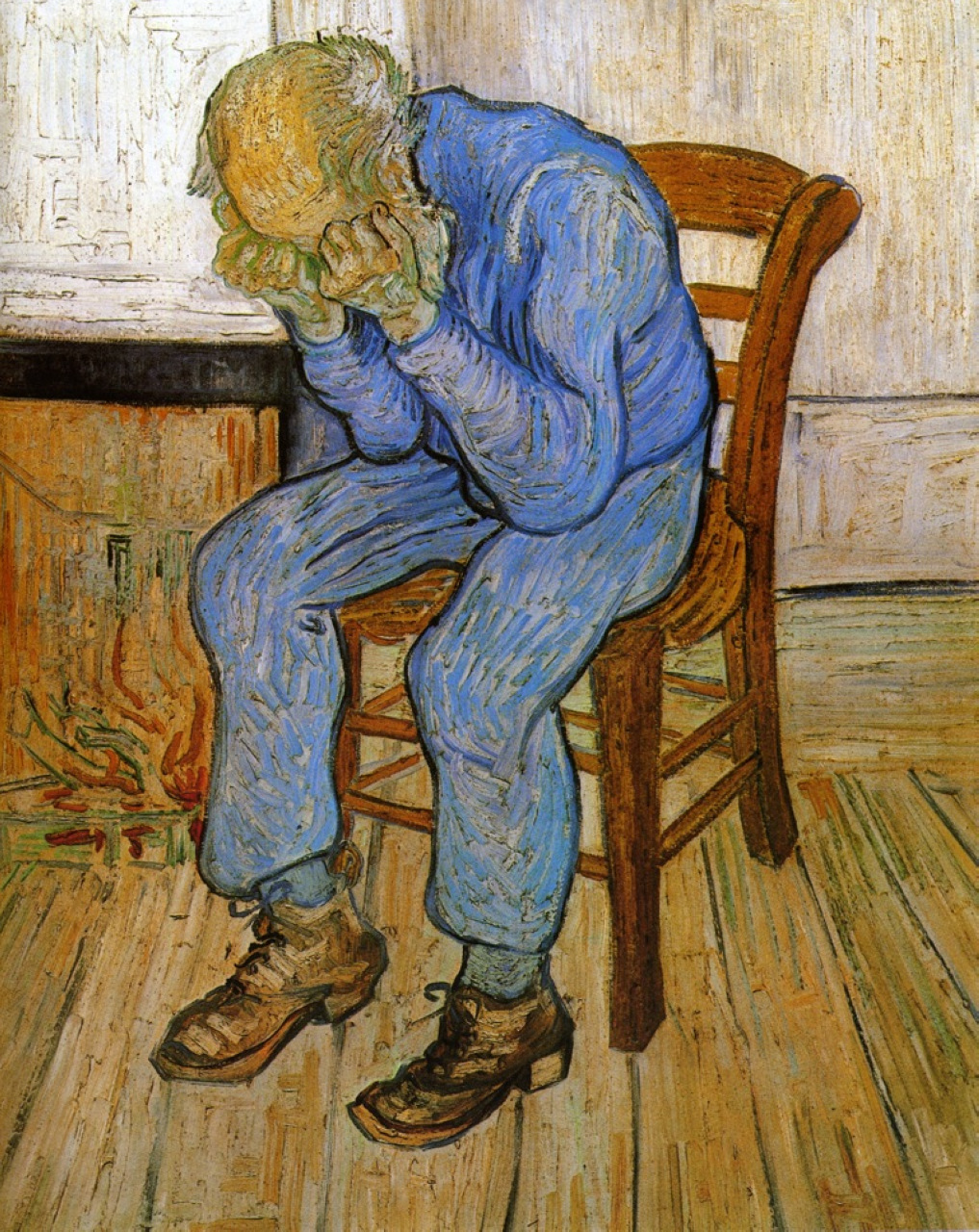
New York City has always been a gold rush but one that usually created something beautiful or exciting in the pursuit. I’m not sure that’s true anymore. When people reflexively refer to it as the “greatest city in the world,” I wince. It’s still interesting, sure, but Manhattan is now primarily the playground of the wealthy and tourists. And the things New York did that made it special, the media and such, have been diminished, dispersed and democratized by technology. You’re still special to me, New York, but we’re growing apart.
Maybe too many of the really creative people I know have dispatched to the West Coast and other points or perhaps these are the dark thoughts one has when hastily crossing the street in Soho on a Tuesday night to avoid a horde of middle-school girls in Daisy Dukes who frantically await a Kardashian poster-signing.
The opening of Dinah Prince’s 1986 New York magazine cover story on Tama Janowitz, written at a time when New York decided that money could buy it happiness but when literature still had a place in the discussion:
“On the day before her party at the Milkbar, Tama Janowitz was in a panic. Lisa E. who had organized the affair to celebrate Janowitz’s new book of short stories, Slaves of New York, called to say she had just bought a new dress. It was long and blue and had big sexy cutouts beneath each breast.
‘I was like, ‘She’s got a new dress?!‘ Janowitz recalls. I really wanted one.’
After Janowitz hung up, the 29-year-old author tried to tell herself she would be perfectly presentable. She could wear her black velvet miniskirt and the sequined top an ex-boyfriend had got her from fashion designer Stephen Sprouse in exchange for a painting.
‘It was cute; I mean, it would have been fine,’ she says.
Janowitz’s newest beau, a Texas oilman named Brady Oman, was in town for the party. When he heard about Lisa E.’s dress, he took Janowitz shopping in the East Village and SoHo.
‘We ran all over looking for dresses,’ Janowitz says. ‘He took me into IF, and, I mean, they were really pretty. But $1,500 for some froufrou thing?’
Two hours before the party, Janowitz called Paige Powell, an advertising associate at Interview.
‘Paige, I have nothing to wear!’ she said.
Powell met the writer and her new boyfriend at Texarkana with an armload of dresses. In the ladies’ room, Janowitz modeled a scarlet dress with one bare shoulder and a tutu that billowed from her hip.
She walked out in the dress, and it met with the approval of everyone in the restaurant,’ Powell says.
After finishing her steak, Janowitz headed to the party.
‘Oh God, I tried to be nervous and thought, Well, I’ll just pretend it’s a party for somebody else,’ she says. She descended the red neon-bathed staircase into the Milkbar and instantly became the center of attention. She was photographed by Newsweek, Details, and NY Talk. Patrick McMullan, a downtown paparazzo, posed her beside comedian Howie Mandel.
‘I was like, I didn’t know who the person was,’ she says. ‘Some geek who obviously didn’t know who I was and didn’t care to know who I was. But there he was, getting his picture taken with me. I said to him, ‘Howie, I’m waiting for my left breast to fall out of my dress.’ He was totally uninterested.’
Back in her tiny Horatio Street studio apartment by 2 A.M., Janowitz and Oman folded out the couch and went to bed. A few hours later, the shower curtain collapsed in the bathroom. This set off a series of ear-piercing howls from her Yorkshire terriers, Lulu and Beep-beep. Finally, after everyone got back to sleep, the phone rang at 6 A.M.
‘Some guy called looking for his boyfriend,’ she says, ‘thinking I had run off with his boyfriend.’
Such is the stuff of Tama Janowitz’s life.”

